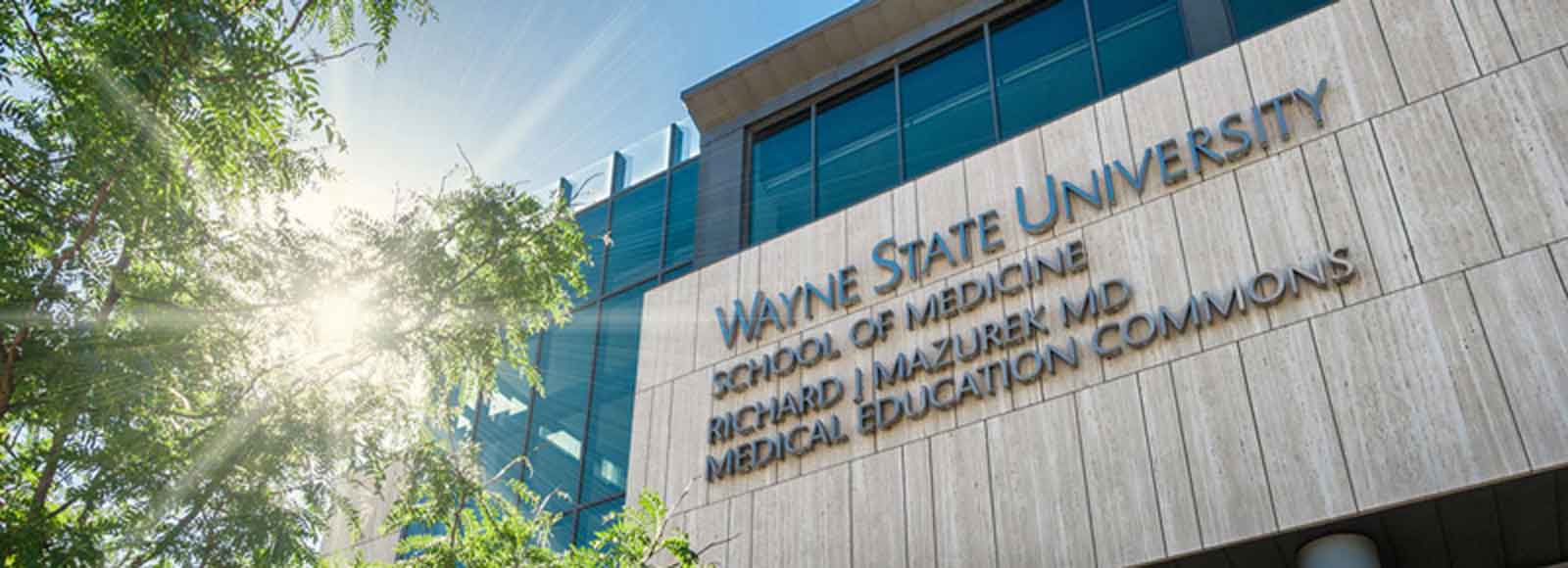Overview
The Department of Pathology plays a major role in the education of Wayne State University School of Medicine (WSUSOM) medical students. WSUSOM is the largest single-campus medical school in the U.S., with 300+ students in each of the four classes (M-1 to M-4). Most of the pathology instruction is provided during the students' second year of medical school, within the 8-week Pathobiology and 20-week Pathophysiology Courses. The Pathobiology Course introduces the students to general principles of pathology, such as cellular adaptation and injury; inflammation and repair; hemodynamic disorders and atherosclerosis; neoplasia; pediatric and genetic disease; immunopathology; environmental and nutritional pathology; and an introduction to laboratory medicine. The instructional format includes didactic lectures, weekly small-group laboratories and interactive review sessions. The Pathophysiology Course, which follows, is organized into nine multidisciplinary organ-system units. Pathology is a prominent component of each unit, taught in conjunction with the clinical pathophysiology of disease processes. Teaching modalities include lectures, interactive small-group discussion sessions, laboratories, clinic days, and reviews. For both courses, as with most of the preclinical medical school curriculum, Blackboard is extensively utilized to post announcements, display instructional materials, and provide a discussion forum between students and faculty. In addition, all large-group teaching sessions are videotaped; these videos are also accessible on the Blackboard site.
In addition to the M-2 curriculum described above, the Pathology Department also offers several M-3 and M-4 electives in both Anatomic and Clinical Pathology. The Harper Hospital Anatomic Pathology elective, coordinated by Dr. William Kupsky, has been the most active with 5-8 students selecting this rotation each year.
